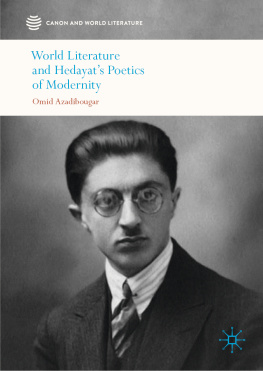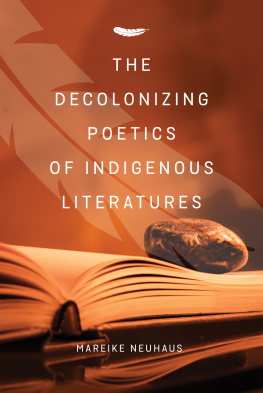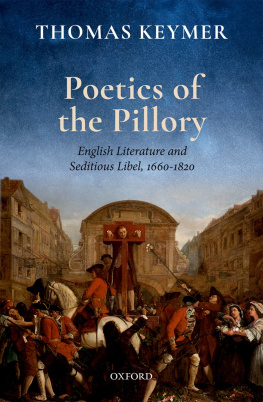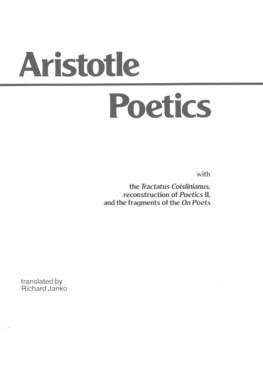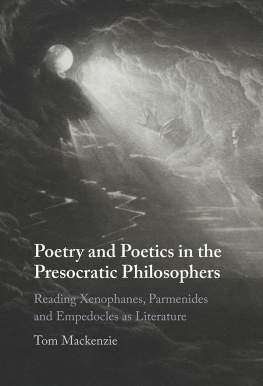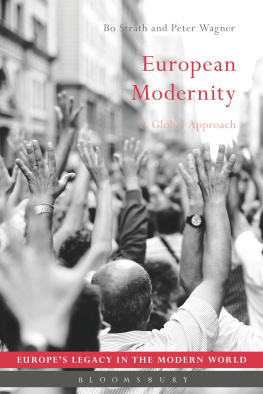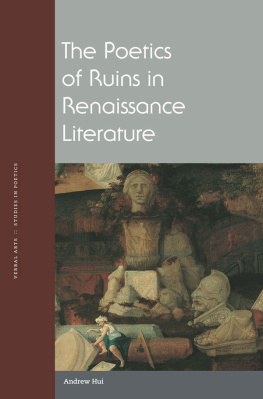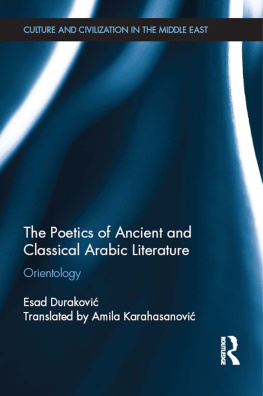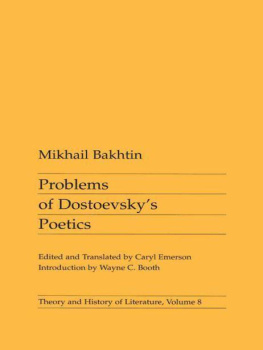World Literature and Hedayats Poetics of Modernity
Here you can read online World Literature and Hedayats Poetics of Modernity full text of the book (entire story) in english for free. Download pdf and epub, get meaning, cover and reviews about this ebook. year: 2020, genre: Art. Description of the work, (preface) as well as reviews are available. Best literature library LitArk.com created for fans of good reading and offers a wide selection of genres:
Romance novel
Science fiction
Adventure
Detective
Science
History
Home and family
Prose
Art
Politics
Computer
Non-fiction
Religion
Business
Children
Humor
Choose a favorite category and find really read worthwhile books. Enjoy immersion in the world of imagination, feel the emotions of the characters or learn something new for yourself, make an fascinating discovery.
World Literature and Hedayats Poetics of Modernity: summary, description and annotation
We offer to read an annotation, description, summary or preface (depends on what the author of the book "World Literature and Hedayats Poetics of Modernity" wrote himself). If you haven't found the necessary information about the book — write in the comments, we will try to find it.
Unknown: author's other books
Who wrote World Literature and Hedayats Poetics of Modernity? Find out the surname, the name of the author of the book and a list of all author's works by series.
World Literature and Hedayats Poetics of Modernity — read online for free the complete book (whole text) full work
Below is the text of the book, divided by pages. System saving the place of the last page read, allows you to conveniently read the book "World Literature and Hedayats Poetics of Modernity" online for free, without having to search again every time where you left off. Put a bookmark, and you can go to the page where you finished reading at any time.
Font size:
Interval:
Bookmark:

World literature is indeed the most exciting new phenomenon in literary studies today. It is on the rise as the economic, political, and demographic relationships and balances are changing rapidly in a globalized world. A new concept of world literature is responding to such changes and is advocating a more inclusive and truly global conceptualization of canonical literature in the worlds different literary and cultural traditions. With a number of anthologies, monographs, companions, and handbooks already published and available, there is a real need to have a book series that convey to interested readers what the new concept of world literature is or should be. To put it clearly, world literature is not and cannot be the simple conglomeration of all the literary works written in the world, but only the very best works from the worlds different literatures, particularly literary traditions that have not been well studied beyond their native environment. That is to say, world literature still needs to establish its canon by including great works of literature not just from the major traditions of Western Europe, but also literary traditions in other parts of the world as well as the minor or insufficiently studied literatures in Europe and North America.
More information about this series at http://www.palgrave.com/gp/series/15725

Cover illustration: Historic Collection/Alamy Stock Photo
This Palgrave Macmillan imprint is published by the registered company Springer Nature Singapore Pte Ltd.
The registered company address is: 152 Beach Road, #21-01/04 Gateway East, Singapore 189721, Singapore
for Elham
intelligent, nurturing, forgiving
This book is the result of my continued interest in understanding the consequences of the encounter of Iran with European modernity at the turn of the twentieth century, and literary and cultural modernization since then. After traumatic encounters with European colonial powers during the nineteenth century, Iranian culture seems to have been thrown off balance, struggling to come to terms with, and find her place in, the modern world. While curiosity in the world at large is strong, fear of colonization is very much alive, and the dreams of modernization and development remain elusive to date. It seems that Iranian struggles for finding a place in the modern world are not over yet, meaning that many issues remain to be intellectually tackled. I have been trying to understand why this culture is so uneasy in the modern world, how it is connected to, is influenced by or influences world culture, and where it fails or succeeds.
I wrote this book on a campus that is symbolically rich and in a way embodies contemporary history. The remains of what was once Pahlavi University are visible everywhere: From the once-pioneering observatory, to the world-famous architecture of the Central Library, to two iconic buildings on top of Eram hills, to concrete columns laying the foundations of structures that were never completed. Designed by Minoru Yamasaki, these structures brought the incongruous modernist brutalist design to Iran, projecting the image of a world-class university that was to compete with the best of American universities. Drive around in the center of the city and you can see the campus buildings from all the streets: ambitious, grand, prestigious, confident, and wealthy . This was the idea of Pahlavi University.
That vision was interrupted by the 1979 revolution. With the Pahlavis gone, the university name was changed and the original plan was tossed away. The campus has since been reimagined and new buildings have been constructed, presenting a different idea of elegance and beauty, of university, and of the human. Take a stroll on the campus to feel the two worlds sitting next to each other, like Janus, though it is not clear which is looking into the future and which the past. There are two ways to read this change: one, as the interruption of a global vision by nativist ideas in the aftermath of the revolution; the other, as the passage from a colonial institution to an independent higher education system that relies on local expertise for development. Either way, this campus captures part of the complexities of contemporary Iranian history which is painfully stuck between local and global aspirations.
Working in an office built with new concrete on old foundations, I have wondered time and again about the many possible worlds this university, and Iranian society in general, could have experienced. What if the original plan to attract forty-thousand international students to the university had succeeded? This would have turned the city into a global metropolitan center with a diverse and cosmopolitan culture, thriving economically, leading scientific research, and cultivating global aspirations. Or maybe this is too simplistic and naive: Things could have become secondary, turning the university into a client of the mother-university in the United States, delaying experiences which, however unsuccessful, are essential to lead to historical and cultural self-awareness.
A motivating force in my previous research on the history of the Persian novel and in writing this book has been political. Not because I am trying to, in a fake-heroicor delusional act, settle the cultural disputes with the modern world, but because as long as I can remember war and destruction have been casting their long shadows over my life, and that of those I know and love. Growing up under two local and global homogenizing ideological forces (i.e., Islamic and liberal), I have realized that contemporary Iranian culture has long lost its emancipative decolonial edge due to nativism, losing the intellectual capacity for constructive dialogue with the world. This book is an effort to explain, through textual examinations, how decades of thoughtless and failing confrontation with the modern world has muted the voice and agency of Iranian cultural modernity , something that is exacerbated by processes that shape both national and international literary and cultural dissemination .
Font size:
Interval:
Bookmark:
Similar books «World Literature and Hedayats Poetics of Modernity»
Look at similar books to World Literature and Hedayats Poetics of Modernity. We have selected literature similar in name and meaning in the hope of providing readers with more options to find new, interesting, not yet read works.
Discussion, reviews of the book World Literature and Hedayats Poetics of Modernity and just readers' own opinions. Leave your comments, write what you think about the work, its meaning or the main characters. Specify what exactly you liked and what you didn't like, and why you think so.

